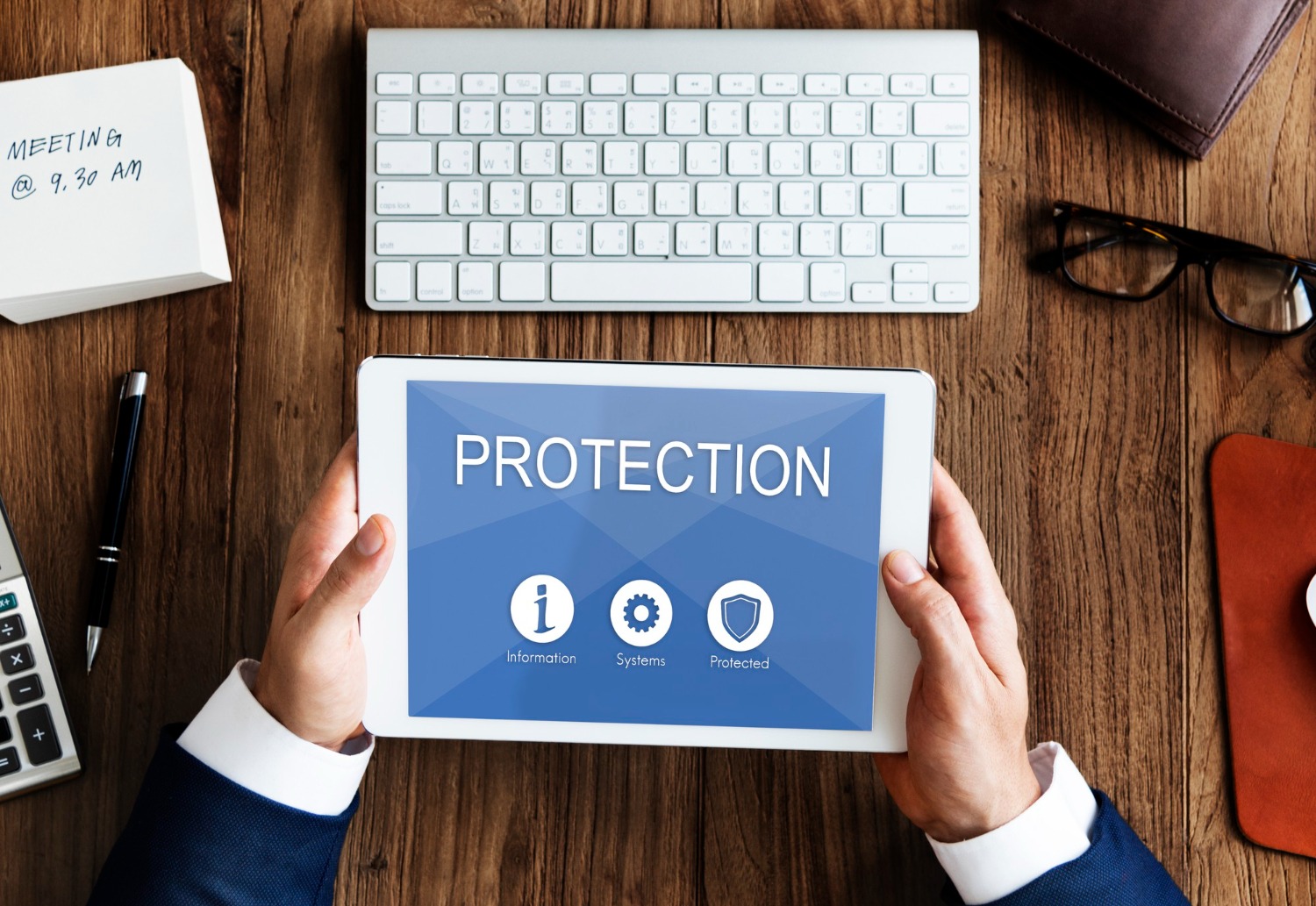As the internet evolves, security remains a top priority for website owners. One of the most critical steps in securing your WordPress website is installing an SSL (Secure Sockets Layer) certificate. An SSL certificate ensures encrypted communication between your website and visitors, providing a secure environment for sensitive data like passwords and personal information. It also boosts your SEO ranking as search engines prioritize HTTPS websites. This guide will walk you through the steps to Secure Your WordPress Site with SSL.
Table of Contents
ToggleWhat is SSL and Why is it Important?
SSL stands for Secure Sockets Layer, a technology that encrypts the connection between your website’s server and visitors’ browsers. When SSL is active, your website address will start with https:// instead of http://, and visitors will see a padlock icon next to your URL, indicating the site is secure.
SSL is essential for:
- Data Security: Encrypts sensitive information, such as login credentials, contact forms, and payment details.
- SEO Benefits: Google gives preference to sites using HTTPS, so securing your site can improve search rankings.
- Trust: Provides users with a visual cue (padlock icon) that your site is secure, boosting credibility and user confidence.
Step-by-Step Guide to Installing SSL on WordPress
1. Choose an SSL Certificate
You can obtain an SSL certificate from your hosting provider or third-party services. Some hosting providers even offer free SSL certificates through Let’s Encrypt.
- Free SSL Certificates: Services like Let’s Encrypt provide free certificates with basic security.
- Paid SSL Certificates: If your website handles sensitive data, consider purchasing a higher-level SSL certificate for more robust encryption and warranties.
2. Install the SSL Certificate on Your Hosting Server
Once you’ve selected an SSL certificate, you’ll need to install it on your hosting server.
- If you’re using a managed WordPress hosting provider like SiteGround, Bluehost, or GoDaddy, installation is usually a simple one-click process.
- For manual installation, contact your hosting provider’s support team or use the SSL certificate installation guide provided by your host.
3. Activate HTTPS in WordPress
After installing the SSL certificate, you need to force WordPress to use HTTPS.
- Using a Plugin: The easiest way to do this is by installing the Really Simple SSL plugin. Once installed, the plugin will automatically detect your SSL certificate and update your site settings to use HTTPS.
How to Install the Plugin:
-
- Go to your WordPress dashboard and navigate to Plugins > Add New.
- Search for Really Simple SSL and click Install Now.
- Once installed, click Activate.
- The plugin will prompt you to activate SSL. Simply click the button to enable HTTPS.
- Manual Method: Alternatively, you can manually update your WordPress settings.
- Go to Settings > General.
- Change the WordPress Address (URL) and Site Address (URL) from http:// to https://.
- Update the .htaccess file with the following code to automatically redirect visitors to HTTPS:
<IfModule mod_rewrite.c>
RewriteEngine On
RewriteCond %{HTTPS} off
RewriteRule ^(.*)$ https://%{HTTP_HOST}%{REQUEST_URI} [L,R=301]
</IfModule>
4. Fix Mixed Content Issues
After enabling HTTPS, some pages may still load with insecure elements (e.g., images, scripts) that use http:// instead of https://. This can cause a “mixed content” warning and prevent your site from being fully secure.
- Use a Plugin: The Really Simple SSL plugin also helps in resolving mixed content issues by automatically updating these insecure elements.
- Manual Fix: If you prefer a manual approach, inspect your pages and update the URLs of these elements to use HTTPS.
5. Test Your SSL Installation
After installing and activating SSL, you should test your site to ensure everything is working properly.
- Visit your website and check for the padlock icon in the browser’s address bar.
- Use tools like SSL Checker or Why No Padlock? to test for any mixed content issues or SSL problems.
Conclusion
Securing your WordPress site with SSL is an essential step in ensuring data protection and improving SEO. Installing an SSL certificate not only safeguards your users’ sensitive information but also builds trust and credibility for your website. Follow these steps to switch your WordPress site to HTTPS and enjoy the benefits of a secure and trusted website.
Contact Craftwebx web design agency for website design and development to help you secure your WordPress site and enhance its performance.



